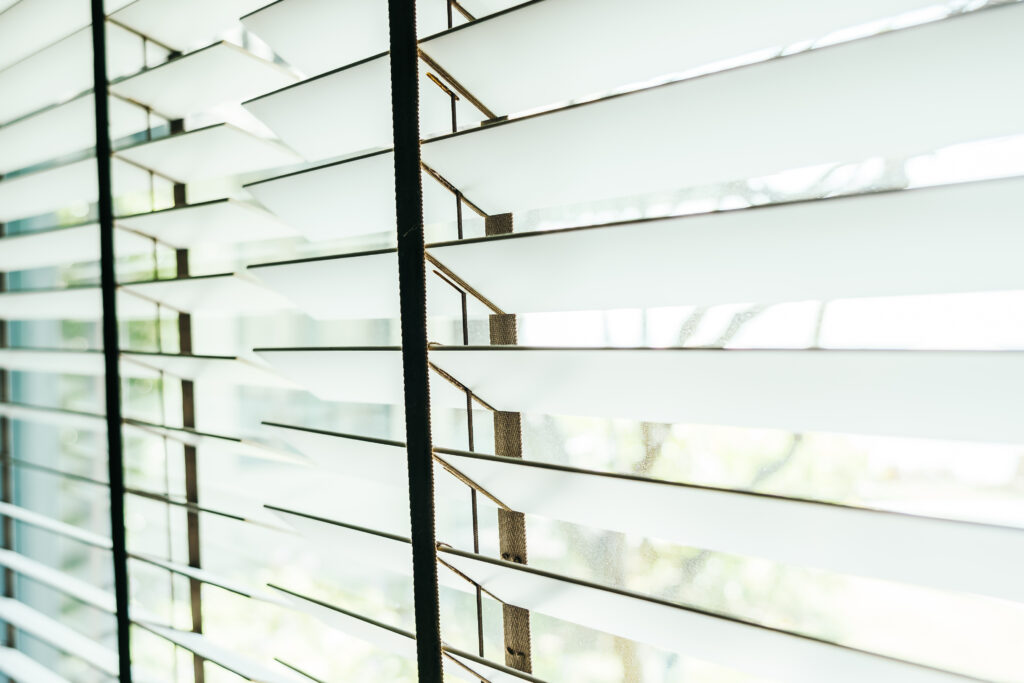When selecting window treatments, make sure that they match your HVAC and fit into the overall look and feel of your home. Window treatments should be energy-efficient. We’ll be discussing the most important factors to consider when selecting window treatments. Read on to learn about the benefits of energy-efficient window coverings, as well as some tips on matching your Window blinds to your HVAC. You’ll have a cooler house in no time.
Window treatments should match the overall design and feel of your home.
Window treatments for your home should be stylish and functional. Consider the space’s size and purpose when choosing window treatments. The more practical the window coverings, the longer they’ll last in your home and the more satisfaction you’ll get from them stylistically. Remember that curtains in adjacent rooms don’t have to match. However, they can be the same color or pattern.
Consider window treatments that are low-maintenance if your windows are exposed to lots of sunlight. If your window treatments to match the overall design of your home, you will have fewer headaches when remodeling your entire house. There are many options available, from simple shapes to complex, layered window treatment options. Choose those that complement the style of the room.
Window treatments can make or break a room’s appeal. Light-colored windows have a more appealing look and are more inviting to home buyers. Avoid heavy curtains that drag the space down. Staging curtains should be easy to open and allow maximum natural light to enter the space. Custom treatments may be required for windows with unusual shapes. To make a room appear taller, hang a curtain rod higher than the window if you have a small space.
Curtains can also be installed on a track on the top of a sliding glass door. Panel Track blinds are modern and slide effortlessly on the track. When choosing window treatments for sliding glass doors, the most important thing to remember is to match your home’s decor. A wooden panel on a wall, for example, is a traditional style. A wooden panel is a more elegant option and is also a good choice for modern homes.
The style of window treatments can vary, and the color and material selection should be compatible with the overall look of the room. There are many options, but it is important to think about the primary purpose of the room. While some rooms serve a specific purpose, others have no defined function. The lifestyle and needs of those who use the room will determine its purpose.
Similar color and texture window treatments can be complementary. This will help you achieve a consistent design throughout the entire home, while varying colors and textures can create a more unique look for each room. Window treatments should not be forced to match one another, as they can clash and look out-of-place. If you’re not sure, ask the help of a design expert to help you choose window treatments.
Window treatments should be energy efficient
In addition to improving the appearance of your home, window treatments also help with energy efficiency. In a warm climate, summer curtains keep the sun’s heat out while letting the cool air in. To keep the house cool in the winter, close the window treatments. This will help you save money on your cooling and heating bills. But what if your windows aren’t in good condition? There are many alternatives to replacing them that can be much cheaper.
Energy-efficient window blinds, curtains, and shades are an excellent way to reduce heating and cooling costs. There are many types of window coverings that can offer insulation levels to help you save money on your energy bills. Drapes are especially effective in preventing solar heat gain and preventing heat loss, and many models reach the floor. You can enjoy lower energy bills by making sure your window treatments are energy efficient.
Insulated panels can be removed from the window during the heating season and stored elsewhere. Alternatively, they can stay in place throughout the heating season. Both types of window coverings to reduce the loss of heat and energy. For more efficiency, choose blinds and shutters made of materials that resist fading and are energy-efficient. There are many options for shutters to choose from. And do not forget about window treatments for children – the right window treatment can add a lot of charm to your home.
Drapes are one of the most energy-efficient window treatments. While most of them provide minimal energy efficiency, they can be installed in close proximity to glass windows and the adjacent wall to prevent the transfer of heat and cold. With proper installation, window shades will significantly improve the energy efficiency of your home. They also protect your artwork, carpeting, and furniture from the sun’s UV rays. So, if you want to make your home more comfortable in the summer, consider adding window films to your windows.
Before you buy new window treatments, make sure to evaluate your windows and compare them with the ones in your home. These windows may not be as efficient as you might think. It may not be worth it to buy new windows. You may end up paying more for heating than you anticipated. But replacing windows isn’t always necessary, as you can find window treatments that are much cheaper. The savings can add up over time. Window treatments should be energy efficient in all cases.
Awnings are an energy-efficient alternative to blinds. They can be stationary or retractable and are made of wood, vinyl, cloth, or aluminum. Blinds can reduce solar heat gain up to 45 percent, while awnings can dramatically reduce your home cooling costs. You can install a vapor barrier to your window treatments if you are concerned about condensation.
Window treatments should be coordinated with HVAC
The first thing to consider when choosing window treatments is the HVAC in your room. To keep your HVAC system in good condition, your window coverings should match it. Window treatments should also be compatible with other elements in your room. Choosing window coverings that match your HVAC system will make the room look more cohesive and will add to its comfort level. The size of your window is another important consideration. Shutter curtains and blinds may be appealing to you, but the size of your window will determine which window treatment is best for you.
Consider how windows affect heat transfer when choosing window coverings. Window treatments can dramatically reduce the heat entering a room, even though they may not seem like a big deal at first. This can save you money over the long-term. And as an added bonus, you’ll be increasing the efficiency of your HVAC system while improving the look of your home. There are many options available for your windows, so take your time when choosing the right one.
You should also consider insulation when choosing window treatments. Cellular shades are a good choice if you want your home’s temperature to be more comfortable in winter than in summer. Buy roman shades contain raised honeycomb patterns that trap air inside them, helping to reduce unwanted solar heat. Aside from insulating your home from the sun, cellular shades also reduce the heat your windows absorb. The right choice can make a big difference in your energy bills.
Another option to consider is window film. These films are applied to the window’s surface instead of the window frame. They don’t block outdoor views, so they are a good option for homes with odd-shaped windows. The majority of films are UV-resistant and block solar heat. They will not block the view from outside. The last consideration when choosing window films is their ability to improve the overall energy efficiency of your windows. And as an added benefit, window films are great for boosting the efficiency of your windows and keep your home at a comfortable temperature.

